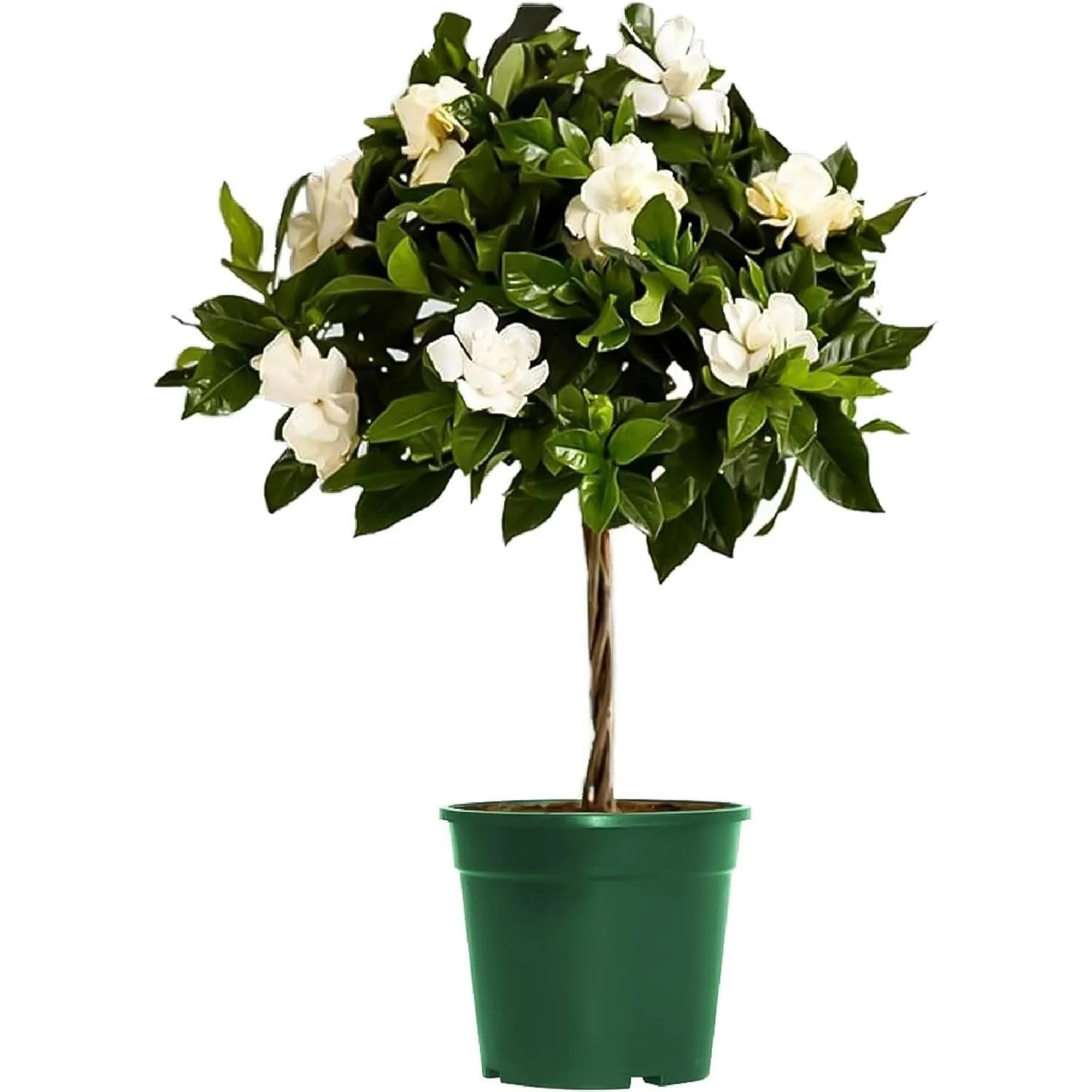
TROPICALS
Lantana
Duranta
Chinese Lantern
Tacoma
Shrimp Plant
Tropicals Care
Plumbago is valued for its bloom color. It belongs to that special group of plants that produce true blue flowers. Cape Plumbago performs well in full sun with six or more hours of exposure daily. It adapts easily to part shade but does require a minimum of two hours of direct sunlight. Once established, cape plumbago is drought tolerant, however regular irrigation supports the most vibrant flowers and the longest continuous bloom.
Split Leaf Philodendron are easy care, big statement patio plants. Grow in bright indirect light indoors, and semi-shade to full shade outdoors. Water well and keep above 55 degrees.
Shrimp Plant thrive in high humidity. While they will grow in full sun to partial shade, growing shrimp plants where they receive morning sun is ideal. They need the sun to bring out the brightest colors and, yet, too much sun will cause the colors to fade too soon. Shrimp plant care should also include frequent trimming to encourage fuller growth and more blooms. It does best in loamy or sandy soil that is well drained. It doesn't do well with wet feet. Allow to dry between waterings.
Duranta is a tropical blooming shrub that likes full sun and hot temperatures. It grows quickly and may require the occasional pruning to keep its tree form. If you are growing the plant in a container, bring it indoors when temperatures dip below 40 degrees.
Tacoma is a tropical plant that grows well in full sun or partial shade. In its native habitat, cape honeysuckle is often found growing in dappled light in the forest understory. In extremely hot climates, it might actually do better in partial shade locations. The denser the shade, however, the less vigorous the blooming. If your plant is growing in a container, bring it indoors before the first frost and keep it by a bright window.
Lantana Tree needs full sun. The plant should receive at least six hours (or more) of direct sunlight every day. It can tolerate some afternoon shade but will flower less if planted in a shady spot. Water lantana thoroughly, about one inch per week, until well established. If blooming has slowed or stopped altogether, try more water.
Chinese Lantern, or Abutilon grow in full sun to partial shade. You may wish to grow these sub-tropical specimens in containers so that it is easier to bring them indoors in the fall, where they will be grown as houseplants during the winter. Grow them in a well-drained soil that has been enriched with compost. Abutilon plants have average water needs. In zones 9-10, optimal lighting is for the plants to receive full sun in the morning but some shade in the hot afternoon.
Mandevilla vines need full sun in order to flower well. They can tolerate partial shade, however. Plants grown in containers or in regions that are especially warm may benefit from afternoon shade. The mandevilla plant is often thought of as an annual but, in fact, it is very frost tender perennial. Once temperatures go below 50 degrees F (10 C), you can bring your mandevilla plant indoors for the winter. Once indoors, place your mandevilla vine in a place where it will get bright, indirect light. Water the plant when the soil is dry to the touch. In the spring, when the temperatures are consistently above 50 degrees F (10 C), remove any dead leaves and move your mandevilla plant back outside to enjoy for another summer.
Hibiscus plant's flower is large, striking, and trumpet-shaped and comes in a range of bright colors. Each flower only lasts for one day, but the plant has a long flowering season. Hibiscus needs rich soil and nutrients, full sun, and warm temperatures to flower. They prefer a cozy fit when growing in a container. This means that they should be slightly root bound in the pot. Moist soil is important for a hibiscus tree or shrub. When hibiscus are in their blooming stage, they require large amounts of water. Your hibiscus will need daily watering in warm weather.
Gardenia bloom from late spring to early summer. In our hot climate, try planting gardenias in a place where they can get four to six hours of sunlight, but can avoid the intensity of late afternoon sunlight...choose an area where it can receive only morning to mid-day light. Keep well watered. Gardenias can't tolerate cold temperatures below 15º and may get damaged or die if these cold temps linger. Watch for and treat pests like aphids and scale.





